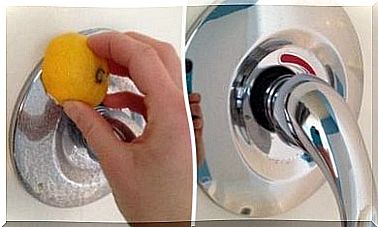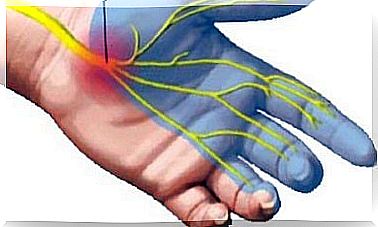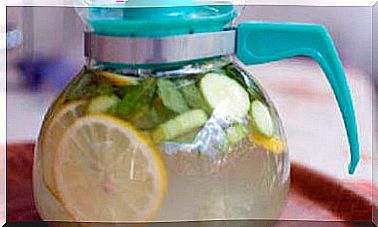A Sustainable Home: 12 Recommendations
Every day, the natural spaces on our planet are dwindling while pollution increases. However, every household can take steps to help the planet and your wallet as well.
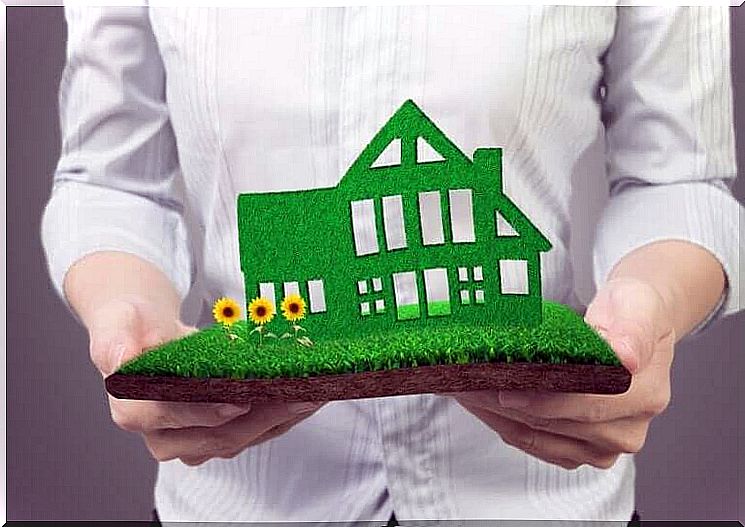
Having a sustainable home not only benefits our planet and helps create a better future, it can also be more cost effective and add a better atmosphere to your home.
In fact, some of the changes you can make to create a sustainable home are easy, quick, and inexpensive. Others may take longer and require higher investments, but they will always be worth it in the long run.
If we create waste and garbage, not only is it an environmental problem, but it also means more family spending as what we use has to be replaced. This is why you should always keep the basic principle of reduction, reuse and recycling in mind to create a sustainable home.
Basic rules for a sustainable home
With a few simple rules you can take the first steps to make your home sustainable.
1. Don’t buy things that you don’t need

Often we unconsciously buy things that we don’t even need. This could be food, utensils or decorative items that we forget and that eventually end up in the trash.
Only buy things that you are sure you will use up and use. This way you avoid object clusters, garbage and make better use of your money.
2. Keep leftovers in glass containers
Glass containers last longer than plastic containers, which wear out faster and more easily and also discolor and, as a result, cannot be recycled. Keeping things in aluminum foil or plastic bags will also create more waste. However, you can use plastic containers for non-food items to make them last longer.
3. Buy large or family packs for a sustainable home
Buy the products you use most often in bulk or family packs to avoid many smaller packs. If you have extra leftovers, you can store them in glass containers in a cupboard or in the refrigerator.
4. Use cloth bags for your shopping
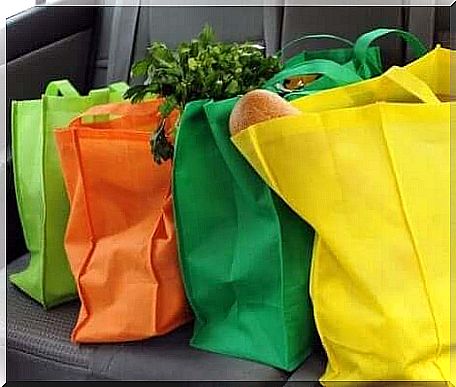
Take your own tote bag with you when you go shopping. That way, you’ll use less plastic or paper bags that end up in landfills, or worse, in fields and in the oceans.
The United States Environmental Protection Agency (EPA) estimates that one trillion plastic bags are used worldwide each year. This is equivalent to 100 million barrels of oil. 80% of plastic bags end up in landfills and 20% (200 billion) end up in oceans, rivers and forests.
5. Buy local and home-grown produce
For both agricultural and packaged products, local production is more environmentally friendly. The transport of imported products or products from other regions is a major source of pollution. In addition, buying local products also stimulates the local economy.
If you have space, you can even create your own garden or have aromatic plants in the house that you use frequently, such as parsley, basil, or cilantro.
6. Buy organic products
Organic products are grown in a more environmentally friendly and conscious manner, without pesticides or chemical fertilizers that pollute the environment.
7. Consciously dispose of your garbage for a sustainable home
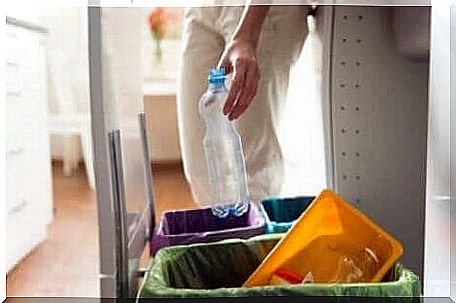
You should always think about recycling. Sort your rubbish and dispose of it in the designated containers. Find out about your local recycling guidelines and follow their instructions.
You can make your own compost from the organic waste and use it as fertilizer!
8. Save energy
Turn off the lights when leaving a room and don’t forget to unplug electronic devices when you’re not using them.
Also, don’t leave your phone chargers plugged in. They continue to use electricity even when the phone is not plugged in and it can even be dangerous as they can overheat.
Structural renovations for a sustainable home
There are other adjustments you can make to create a sustainable home that may require more planning. However, once you do them, they will make a huge difference.
9. Replace your old devices
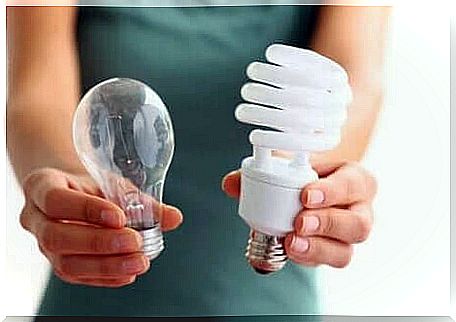
The vast majority of new devices are made from materials that use less energy and are therefore more environmentally friendly.
While they require a higher initial investment, they also represent savings in electricity costs. You can take the first step by making simple changes. For example, you can replace traditional light bulbs with LED and CFL bulbs, which last longer and use less energy.
10. Install current regulator
For electronic devices that are difficult to turn off, such as air conditioners or water heaters, you can install power controllers that automatically turn them on and off at specific times.
This way you can turn off the heating when you sleep or go to work, or the air conditioning when you are not home.
11. Create a sustainable home with double-glazed windows
Double-glazed windows insulate the house and help maintain the internal temperature of your home. If this is too expensive, you can use thermal indoor curtains that also protect against extreme outside temperatures. This reduces energy consumption and you can save heating costs and electricity costs for the air conditioning.
12. Solar panels
If you can, you should install solar panels. You can use them for specific purposes, such as warming the water or a specific part of the house. In this way, you will reduce your consumption of fossil fuels and switch to clean energy. You can also save costs.
Finally, remember that all of these strategies are aimed at improving the environment and the health of our planet. While some of them require an initial investment, your bills, health, and expenses will ultimately benefit too.


